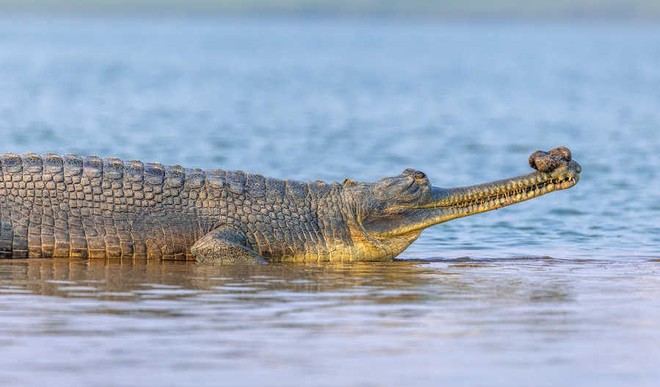Recently, scientists warned that Indian gharial and other 5 species might go extinct within the next 5 years unless drastic conservation measures are taken.
The surviving population found within the tributaries of the Ganges river system and less than 250 in the wild.

|
5 Other Species on the Verge of Extinction |
||
|
Species |
Location |
Population |
|
Eastern Lowland Gorilla (Gorilla beringei graueri) |
Democratic Republic of Congo.
|
Declining rapidly. |
|
Hawksbill Turtle (Eretmochelys imbricata) |
Tropical oceans worldwide.
|
Rapid decline due to human activity. |
|
Javan Rhinoceros (Rhinoceros sondaicus) |
Ujung Kulon National Park, Indonesia. |
Less than 80 in the wild. |
|
Amur Leopard (Panthera pardus orientalis) |
Russia and China. |
Around 100 in the wild.
|
|
Yangtze Finless Porpoise (Neophocaena asiaeorientalis) |
Yangtze River, China. |
Fewer than 1,000. |